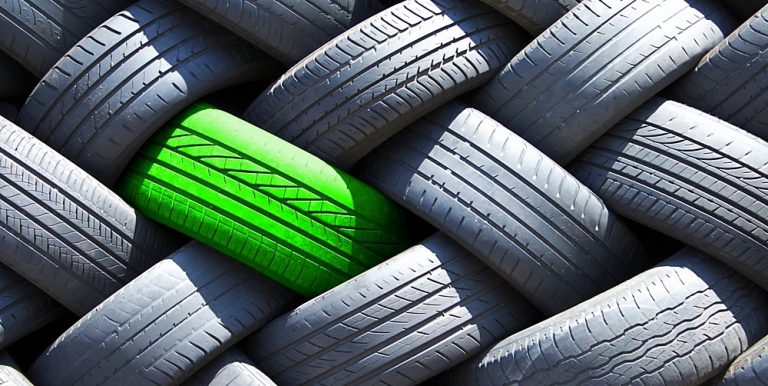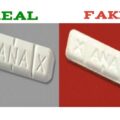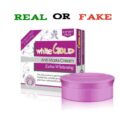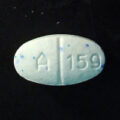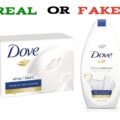Fake Tires can play a large role in auto accidents; one of the most important aspects of a vehicle that keeps the driver safe is the tire. Because fake tyres have been created with defects, they may endanger the life of the vehicle operator. According to the World Health Organization, approximately 1.35 million people are cut short each year as a result of a road traffic crash. Between 20 and 50 million more people suffer non-fatal injuries, with many incurring a disability as a result of their injury. Road traffic injuries cause considerable economic losses to individuals, their families, and to nations as a whole. These losses arise from the cost of treatment as well as lost productivity for those killed or disabled by their injuries, and for family members who need to take time off work or school to care for the injured. Road traffic crashes cost most countries 3% of their gross domestic product.
It is very common to find Fake Michelin, Pirelli, Goodyear, Dunlop or Bridgestone being paraded as the real thing. A report published in October last year pointed out how serious the problem of counterfeit tyre products most of which are imported from China and sold in a variety of ways, including online auction sites.
How to Spot Counterfeit Tyres
There are various types of defects in a fake tyre that may cause a blowout or damage to the car if they explode. However, the moment the tire causes an accident, the person behind the wheel is subject to potential injury and causing harm to others on the road. This could hurt the passengers of the cars involved as well as other drivers. It is important to know what to do after the defective tire has initiated an incident. Here are 8 ways to spot counterfeit tyres according to Tyre right;
The brand or other details are misspelt. Looking to buy a set of Direllis, some Jokohamas, or some Smidgestones? They might sound like Pirelli, Yokohama, and Bridgestone – but they will not have the same quality as a real brand. You might get a laugh over how dumb some of the fake names are, but the safety risk is real and no laughing matter. A fake logo or misspelt tyre name is the first sign the tyres are counterfeit.
There is no paperwork or packaging. When you’re not selling genuine tyres, it’s often really easy to cut corners elsewhere. Sure, when you buy a new set of tyres from a reputable dealer you can expect all information about warranties and ownership to come with the purchase. If you find the seller of the tyres has no paperwork on hand, it’s very likely the tyres are counterfeit.
The exception to this is if the tyres are being sold used by a secondhand private seller (like at a garage sale). It’s fine if someone bought a set of tyres years ago and hasn’t got the info handy; you can always use some of the other methods mentioned here to determine if the tyres are counterfeit.
The tyres are missing details. Buying tyres can be a bit tricky even with all the information on the tyres. Even though many people may not look at these details, if they are absent from the tyre, that’s a huge red flag. While understanding this information may not be important to everyone – and you can easily ask your local Tyreright dealer to explain what all those numbers mean if you’re not sure – it is vital for identification and safety purposes that the information is there. If you see a set of tyres without numbering on the sidewalls, don’t buy them.
They’re the wrong color. In the world of car customizations, it is possible to get tyres that are not the standard black. If you are seeking out a particularly special type of tyre, it’s entirely possible you may find a couple of colour options on offer. The same rule does not apply if you’re buying a used spare for your commuter car. So, if you find someone trying to sell you tyres and convince you that pink or fluorescent yellow is a standard tyre colour, be wary.
The tyres feel flimsy. There’s a reason ‘kick the tyres’ is a renowned saying when it comes to buying cars – and the same rule applies to buying tyres. Depending on whether you are buying a set of tyres that come with a car, or buying them separately, don’t be afraid to give them a bit of a rough-up with your feet. Now, don’t try to kick them like Garry Lyon going for 50 metres, but give them a couple of solid love taps with your feet. If they begin to show signs of stress or damage from a few simple kicks, you can bet those tyres will not stand up to the heavy wear and tear that comes with driving.
Ask, “These tyres are real, right?”. It might seem obvious, but this actually works. A good and honest dealer will have a reaction to you that is good and honest. If you get an evasive answer – or an answer that seems a bit too smooth – it is a clear sign there are reasons to doubt the tyres are real. If you are still unsure, ask how many of these tyres they have sold. A good tyre dealer will be able to tell you they’ve sold X number of tyres to happy customers. If you hear the salesperson say the tyres are new and no one has bought any yet, it’s time to step away and buy elsewhere.
The location where you buy them is unusual. A reputable tyre dealer will sell from a reputable place. A dodgy dealer will sell in a car park at the edge of town. If you find yourself looking to buy a set but feel something is off, consider the location. A brick-and-mortar business is unlikely to sell fake tyres, but a pop-up shop near a motor show might. This also applies to the internet. While buying from an established brand online is usually safe, be careful with sites you haven’t used before, especially if the deals seem too good to be true.
Just like buying in person, search the name of the website plus the word ‘fake’ before you buy. With many consumer advocate websites around, odds are strong that someone will have complained about the site if it’s fraudulent.
Google can help you ID the counterfeits. In a bygone era, spotting counterfeit tyres would have taken an expert. Today, there is Google. Take your smartphone with you when you’re looking to buy a set of tyres. If you are unsure about the legitimacy of the brand or model, just take out your phone and do a Google search. The results you get will vary, but it’ll help you see if the wheels are real.
Like buying a car, buying tyres involves many factors. A big part of that is your personal feeling and intuition. If you look at a set of tyres and something just doesn’t feel right, that is the first sign something is off. This doesn’t always mean the tyres are definite fakes – but it does mean they are not the right ones for you. READ: The 5 Types of Safety Signs


